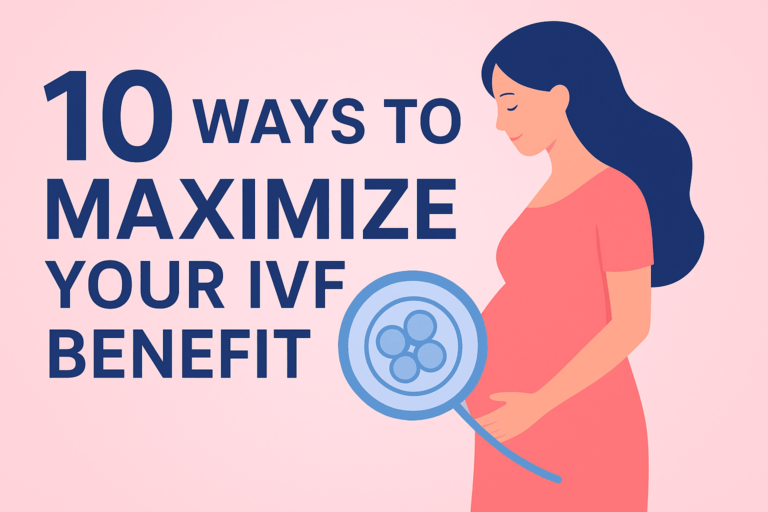If you or a loved one has been advised to undergo breast lumpectomy surgery, you’re likely feeling a mix of emotions. It’s natural to have concerns about what the procedure involves and what the recovery process will be like. Understanding each step can ease your worries and make the whole experience a lot more manageable.
In this blog, we’ll walk you through what a breast lumpectomy is, how it’s performed, and What to Expect if Going for a Breast Lumpectomy. Let’s get into it!
What is a Breast Lumpectomy?
A breast lumpectomy, also known as breast-conserving surgery, is a procedure that removes a lump or tumor from the breast while preserving most of the surrounding breast tissue. It’s often recommended when cancer is detected early and the tumor is small. This approach is different from a mastectomy (removal of the entire breast) and focuses on keeping the natural shape and feel of the breast.
Why Do Doctors Recommend Lumpectomy Surgery?
Doctors generally suggest lumpectomy surgery in the following cases:
-
Early-Stage Breast Cancer: The tumor is small and localized.
-
Minimal Cosmetic Impact: The surgery preserves the majority of the breast.
-
Desire for Breast Preservation: Patients may prefer to keep their breast instead of opting for full removal.
-
Effective Radiation Therapy: After the lumpectomy, radiation therapy can help to reduce the chances of cancer returning.
-
Good Surgical Margin: The tumor can be removed with healthy tissue around it, reducing the chance of cancer cells being left behind.
Knowing what to expect from a lumpectomy can help you feel more confident about your decision and the process ahead.
Preparing for Lumpectomy Surgery
Before the surgery, your doctor will guide you through a few necessary steps to ensure everything goes smoothly:
-
Pre-Surgery Tests: You may be asked to undergo blood tests, scans, or even a biopsy to get a clearer picture of the tumor.
-
Medications: Certain medications might need to be stopped ahead of time, especially blood thinners.
-
Fasting: You’ll likely need to fast for a few hours before the surgery, as it’s common to undergo anesthesia.
-
Anesthesia Details: Your doctor will explain what type of anesthesia you’ll receive and how it works during the procedure.
How is Lumpectomy Surgery Performed?
Now, let’s take a look at how the surgery itself typically unfolds:
-
Anesthesia: You’ll be given anesthesia to ensure you’re comfortable and pain-free during the procedure.
-
Incision & Tumor Removal: Your surgeon will make a small incision to carefully remove the tumor along with a surrounding margin of healthy tissue.
-
Testing the Tissue: The tissue will be tested immediately to make sure no abnormal cells remain.
-
Closing the Incision: The incision is then closed with stitches or adhesive strips.
The procedure usually takes around 1 to 2 hours. While it sounds a bit daunting, remember that this is a well-practiced procedure, and the goal is to help you heal while preserving your breast.
What to Expect After Surgery
After surgery, you’ll be moved to the recovery room, where you’ll rest as the anesthesia wears off. Here’s what you can expect:
-
Soreness Around the Incision: It’s normal to feel some tenderness or discomfort.
-
Mild Swelling or Bruising: These are common, but they should go away within a few days to weeks.
-
Changes in Breast Shape: You might notice some temporary changes in shape, but most patients recover well, and the breast will look close to normal over time.
Breast Lumpectomy Recovery Timeline
Every person heals differently, but here’s a general timeline to give you a sense of what to expect:
-
First Few Days: Expect some soreness, tiredness, and discomfort. You’ll be given pain relief medication to manage this.
-
1–2 Weeks: Swelling and bruising will start to subside. If you have stitches, they might be removed at this point. You may be able to resume light activities.
-
2–4 Weeks: Most patients are fully healed by this point. Some may need radiation therapy after a lumpectomy, and scarring will continue to fade.
Tips for a Smooth Recovery After a Breast Lumpectomy
While you recover, here are some tips to make the healing process smoother and more comfortable:
-
Wear a Soft, Supportive Bra: Comfort is key during recovery, and a soft, well-fitting bra will help support your healing tissue.
-
Avoid Lifting Heavy Objects: It’s important to refrain from lifting anything heavy (or straining your arms) until your doctor gives you the all-clear.
-
Follow Wound Care Instructions: Keeping the incision clean and dry is essential for preventing infection.
-
Stay Hydrated and Eat Well: Nutritious meals and plenty of fluids will aid in your recovery and help you feel your best.
-
Listen to Your Body: If you feel any unusual pain or discomfort, don’t hesitate to reach out to your doctor.
Risks and Side Effects of Breast Lumpectomy
While lumpectomy surgery is generally safe, there are some potential risks:
-
Infection: Any surgery carries a risk of infection at the incision site.
-
Seroma (Fluid Buildup): Fluid may collect under the skin, requiring drainage.
-
Breast Changes: The shape or size of the breast may change slightly, though this is usually not dramatic.
-
Delayed Healing or Bleeding: Occasionally, healing may take longer, or there could be bleeding.
When to Contact Your Doctor After Surgery
If you notice any of the following signs, it’s important to contact your doctor immediately:
-
Severe Pain: If pain becomes unbearable or does not improve with medication.
-
Fever or Chills: This could indicate an infection.
-
Unusual Drainage: Any pus or strange drainage from the incision should be reported.
-
Excessive Swelling or Redness: These may be signs of infection or complications.
Conclusion
Being well-informed about the process can make a world of difference when it comes to feeling confident and prepared for a breast lumpectomy. The procedure is safe, effective, and designed to minimize the impact on your body, while offering the best chance of successful treatment for early-stage breast cancer. With the right care, most women recover well and can return to their normal activities in just a few weeks.
A huge thank you to Tricky for providing such an incredible platform that allows us to easily share this valuable information with others. It’s great to have a space where people can come together and support each other, especially when dealing with something as important as health. Thanks, Tricky!





